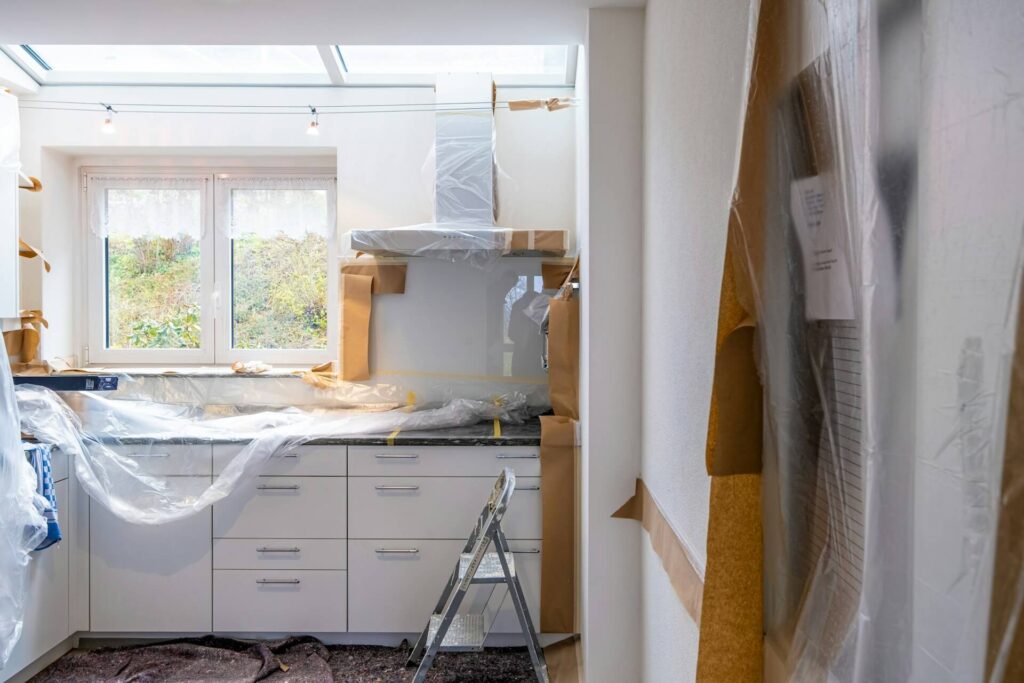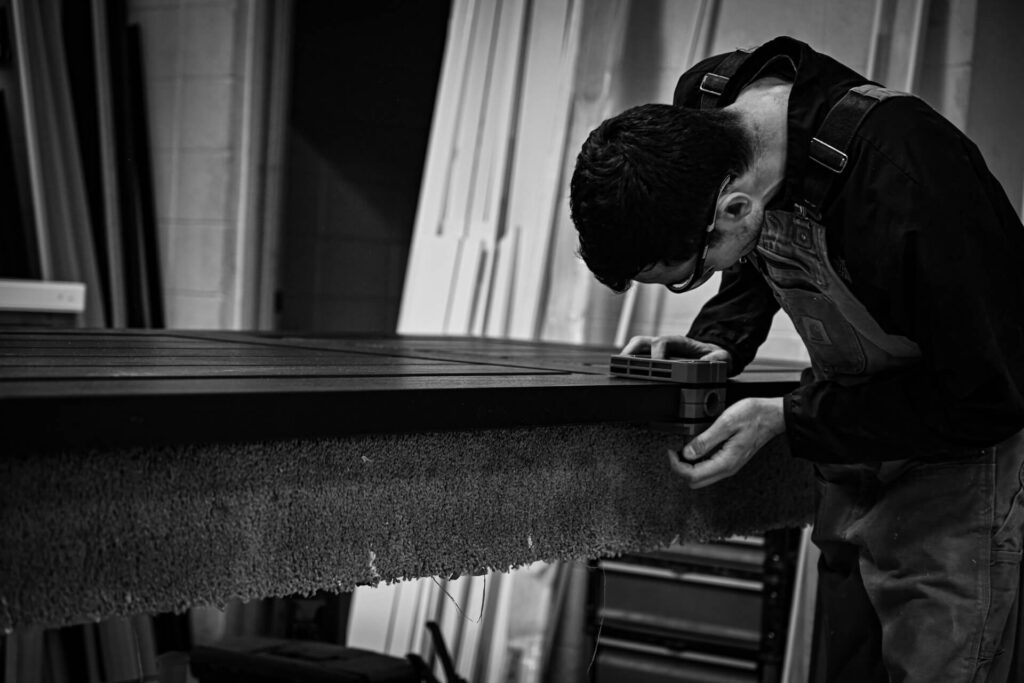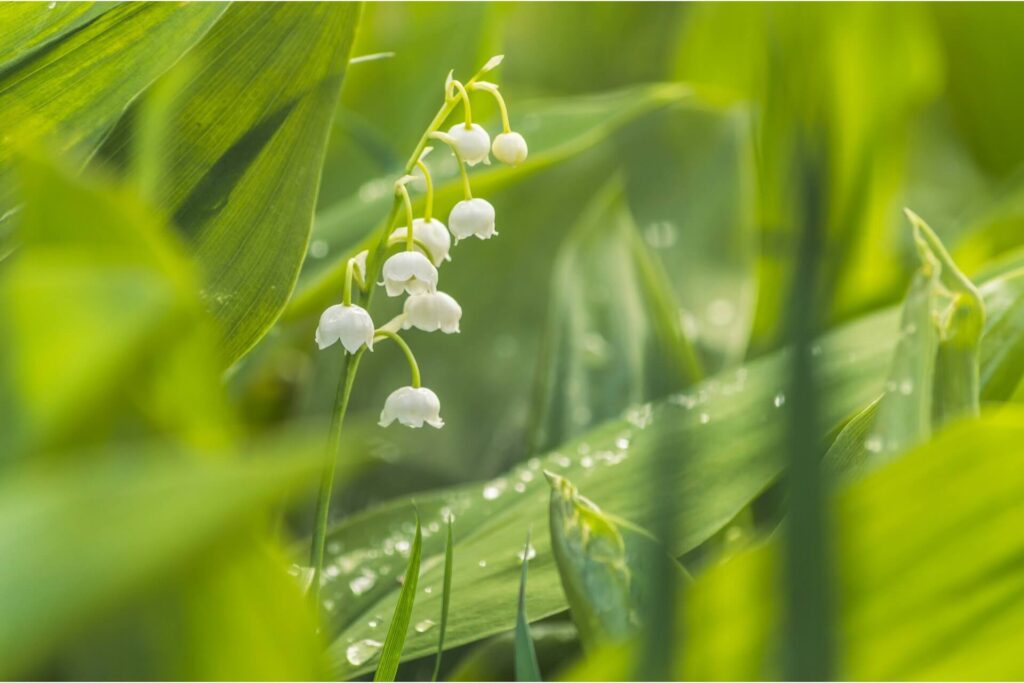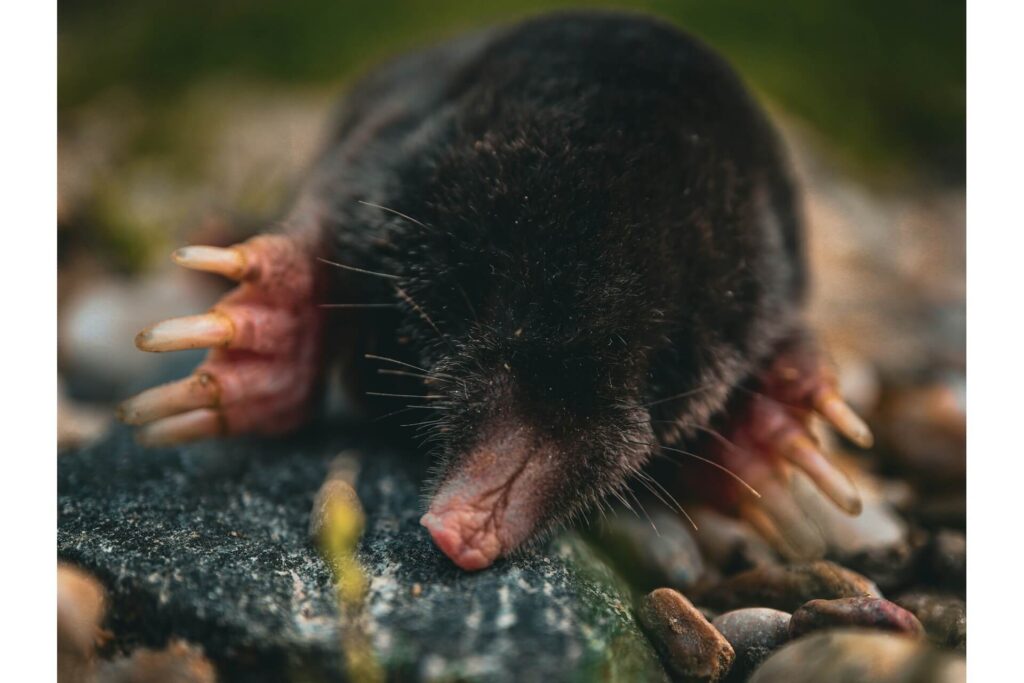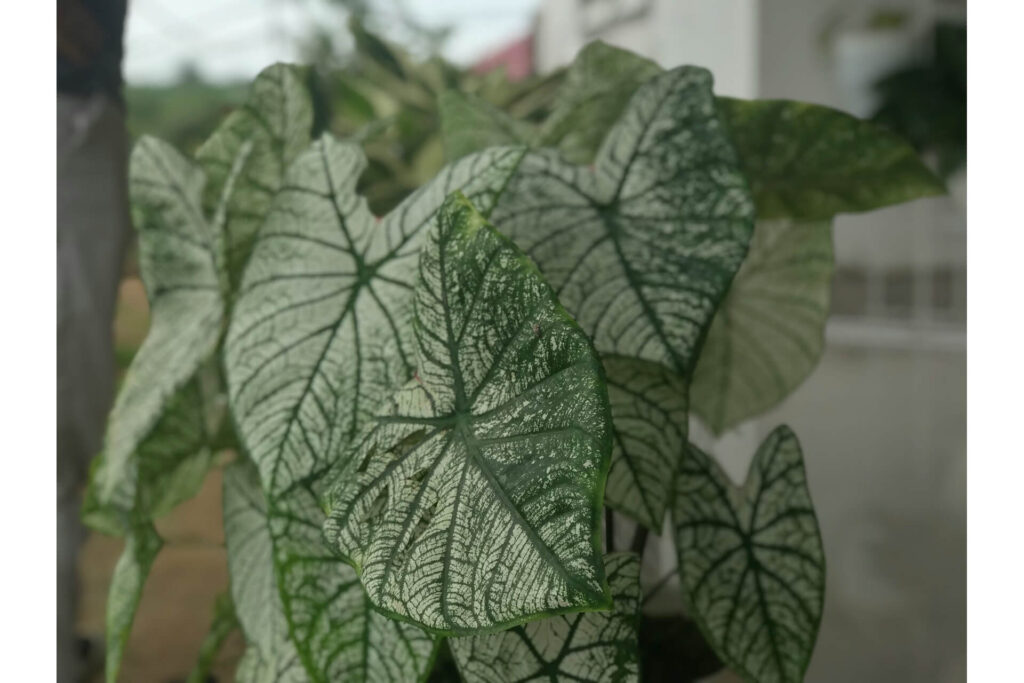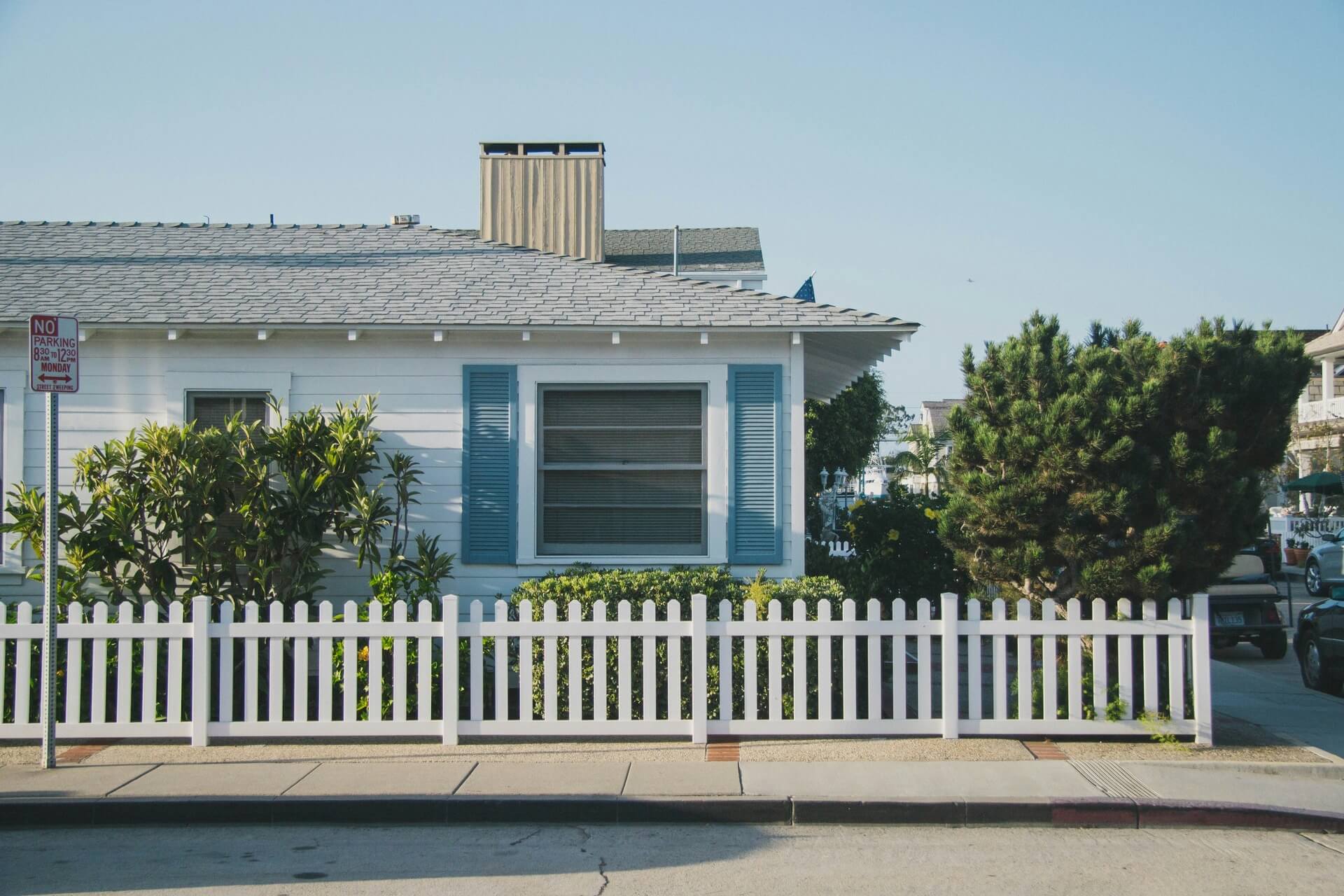
We are reader-supported. When you buy through links on our site, we may earn an affiliate commission.
When it comes to sustainable siding, it’s safe to say that aluminum isn’t the first thing that pops into mind. It’s a finite resource and requires frequent repairs in hail-prone areas. Still, it would be wrong to dismiss this material too quickly. Aluminum siding is more eco-friendly than you think, and these seven arguments explain why you should cover your home’s exterior walls with it for environmental reasons.
1. It’s Circular
Aluminum is one of the most recycled building materials for many reasons. Giving postconsumer aluminum products — like soda cans — a new lease on life requires 95% less energy than chemically processing bauxite ore to extract alumina and refine it for pure aluminum, reducing manufacturers’ costs. Less energy consumption means fewer greenhouse gas emissions.
Recycled and virgin aluminum products have identical characteristics. Recycling the same material repeatedly to keep it in circulation doesn’t compromise quality.
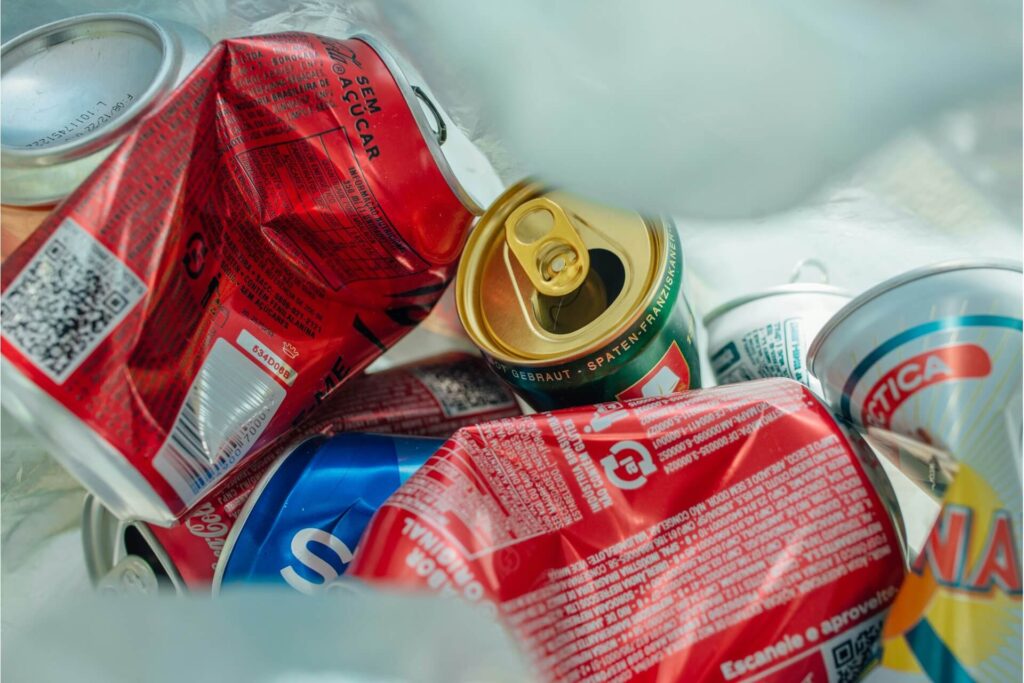
Uncle Sam only recycles 51% of aluminum, so many suppliers still rely on bauxite ore miners to satisfy demand for the metal. The growing interest in sustainability in the construction industry should fuel local circular economies sooner rather than later. When they do, more aluminum waste would end up in recycling facilities and more bauxite ores would remain underground.
2. It Doesn’t Crack
Aluminum makes an airtight building envelope. It’s subject to thermal expansion like other siding materials. However, it can withstand the heat. This metal shrinks and expands as temperature swings but doesn’t break. Plus, it doesn’t become brittle with age.
A siding system that can stay intact throughout its lifespan ensures your home remains energy-efficient. Cracked siding panels are more than just a cosmetic inconvenience. They cause moisture intrusion, soaking insulation and jeopardizing its performance. Wet insulation stops heat loss poorly.
Improper installation is the most common reason aluminum siding becomes less watertight. Workmanship errors can affect this product’s structural integrity.
Fortunately, aluminum siding installation is relatively straightforward. Finding competent installers is relatively easy because the product has existed since at least the early 20th century. It has graced the sides of historic homes and only lost its position as the preeminent siding material in the 1960s when vinyl siding entered the picture.
3. It Helps Conserve Energy
Higher gauges of aluminum are excellent insulators. If you have an attic, you probably benefit from this metal’s insulative properties. It’s a popular radiant barrier material, blocking your sunbaked roof from transferring solar heat into your house’s cooler interior space.
Expect the same performance from thick aluminum siding systems. They reflect the sun’s infrared light, minimize unwanted heat gain and help prevent your rooms from turning into furnaces. Aluminum siding panels also slow conductive heat loss — heat transfer between solid objects.
Despite the material’s reflectiveness, this siding isn’t a substitute for wall insulation, nor does it come with built-in insulation. You must pair it with the adequate amount of insulation recommended in your climate zone by raising your wall’s R-values. High-gauge aluminum siding with sufficient insulation can meaningfully reduce heating and cooling loads.
4. It’s Light to Transport
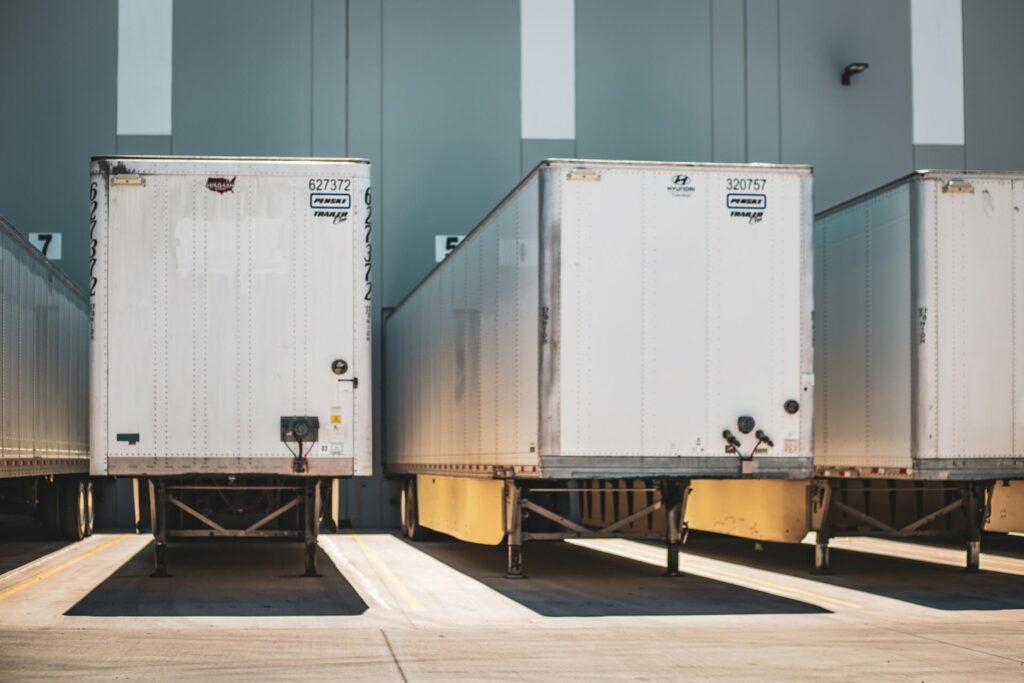
Aluminum is one of the lighter siding materials on the market. Lightweightness matters from an environmental point of view. It can translate into fewer transportation-related greenhouse gas emissions — vital in the fight against climate change.
It would take fewer freight vehicles to move enough aluminum siding panels to cover your house than the same amount of steel, natural stone, brick or fiber cement to finish the job. Siding companies can load more aluminum products in their trucks to take fewer trips between warehouses and customers’ houses without sacrificing fuel efficiency and getting less mileage.
Aluminum has less embodied carbon than many other siding options. However, the product’s origin also affects its greenness. Locally sourced building materials have less embodied carbon than their imported counterparts. Thankfully, many aluminum siding manufacturers in the United States have domestic production plants.
For instance, Quality Aluminum Products has a manufacturing facility in Hastings, Michigan, and its truck fleet delivers from the East Coast to the Midwest. Ply Gem has 20 factories across the U.S. and Canada, just within 500 miles of most job sites.
5. It’s Inorganic
Aluminum is a metallic element and not made of living matter. Therefore, microorganisms and wildlife can’t feed on it for sustenance.
In other words, aluminum siding doesn’t rot. Unlike wood and wood composite siding panels, the same batch of aluminum ones can stay together until the end of their service life with little maintenance. Less need for repairs and premature replacement means less material consumption — a win for the environment.
Moreover, aluminum is impervious to mold and mildew growth. Although solutions are available to remove these fungal colonies, such cleaners can have toxic substances that can contaminate the soil and groundwater.
This material doesn’t attract pests either. Bugs — such as termites, furniture beetles and carpenter ants — don’t consider aluminum food.
Birds can’t puncture holes through aluminum siding panels to nest inside your house, causing damage that leaves your wall insulation prone to water damage and increases the chances of air leakage. While rodents can gnaw on low-gauge aluminum, thicker varieties can prove too problematic to chew.
6. It Doesn’t Rust
Aluminum corrodes but doesn’t flake since it doesn’t rust. This metal forms aluminum oxide when it bonds with oxygen in the air, creating a natural layer of protection to discourage further metal degradation and promote siding longevity.
7. It’s Paintable
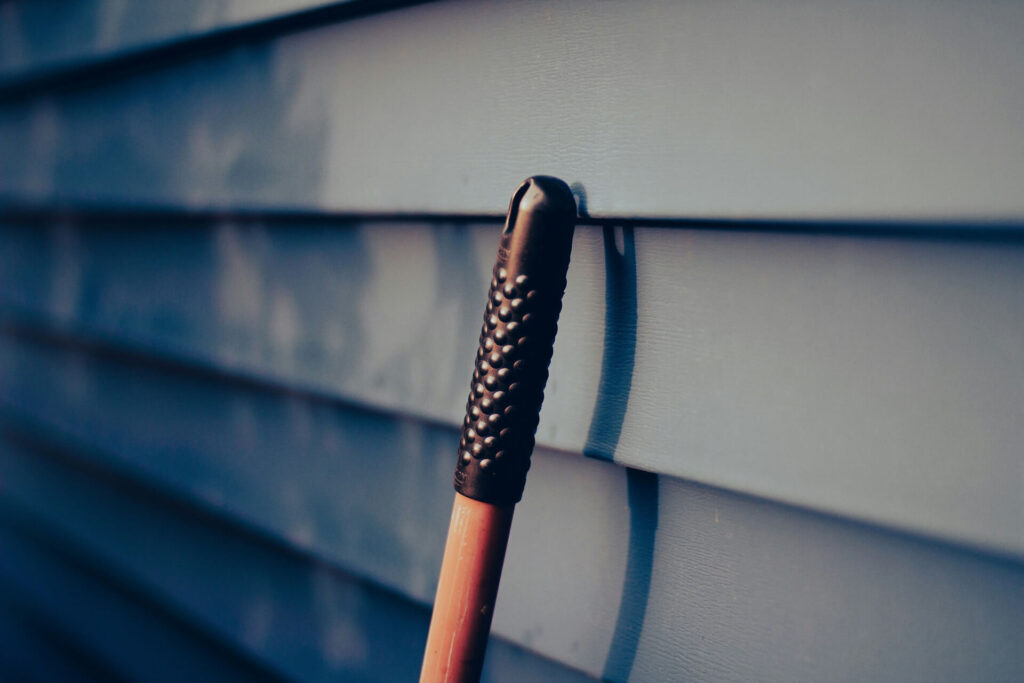
Siding finishes are prone to discoloration. Constant exposure to ultraviolet light can dull aluminum’s coating, ruining your home’s curb appeal. If some panels sustain damage, replacing them with new products will have a richer hue, resulting in a jarring siding appearance.
Luckily, aluminum lends itself to home exterior paint jobs. Applying fresh coats of paint is a cheaper and more eco-friendly option to give your faded siding a facelift.
Aluminum siding paint itself can be an environmental and health hazard. It can contain and emit volatile organic compounds (VOCs) for a long time, which smell nice but contribute to global warming and are unsafe to breathe. Traditional paints also use harmful biocides and fungicides as preservatives and mildew growth stoppers, respectively.
When hiring a local contractor, use one that uses eco-friendly aluminum siding paints. Water-based products contain lower levels of or zero toxic substances. Green paints may also use pigments derived from naturally occurring minerals or plants.
Aluminum Siding Is Perfect for Eco-Friendly Homes
This siding material’s glory days are behind it. While its appeal has waned over the decades, it has stuck around long enough to experience a renaissance. In the age of sustainability, aluminum certainly ticks all the right boxes to appease green-minded homeowners.
